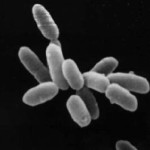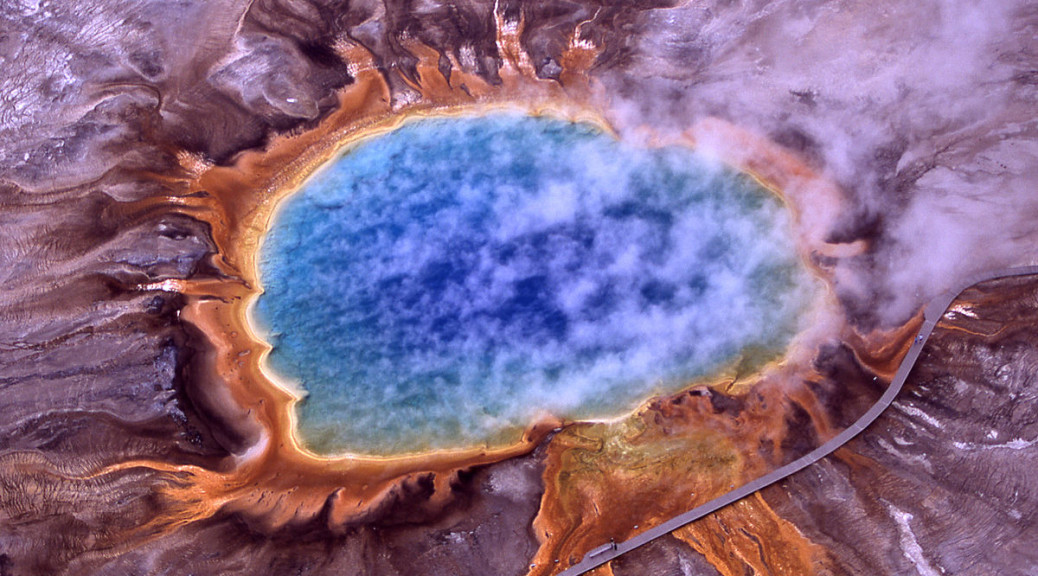- Archaea are a type of microorganism – a relatively simple, ancient form of life, and yet intriguing.
- Extant since early in the history of life on Earth, and still widely

Archaea, in high magnification, public domain image, available at http://en.wikipedia.org/wiki/Archaea distributed on Earth today, archaea include extremophiles: microorganisms that thrive in extreme environmental conditions. For example, certain extremophiles live in highly saline water environments (halophiles), extremely hot water environments such as the hot spring depicted above (thermophiles) and extremely cold water environments (cryophiles or psychrophiles).
- Extremophiles are particularly interesting to astrobiologists, who attempt to identify environments beyond earth that may harbor life – environments that are often extreme by Earth standards.
- As an important example, microorganisms, including archaea, have been found to thrive around hydrothermal vents, which are essentially underwater volcanoes. These microbes use chemicals in the heated, mineral rich water for energy (leading to entire ecosystems there). Yet hydrothermal vents are evidently not unique to Earth, even in the Solar System; they are thought to likely exist, for example, on Europa, moon of Jupiter, as well as Titan and Enceladus, moons of Saturn. If archaea can thrive around earth’s hydrothermal vents, could microorganisms thrive around hydrothermal vents on Europa, Titan, Enceladus and elsewhere beyond Earth?
© 2015 Fosdick EDS ☾><(((°>

